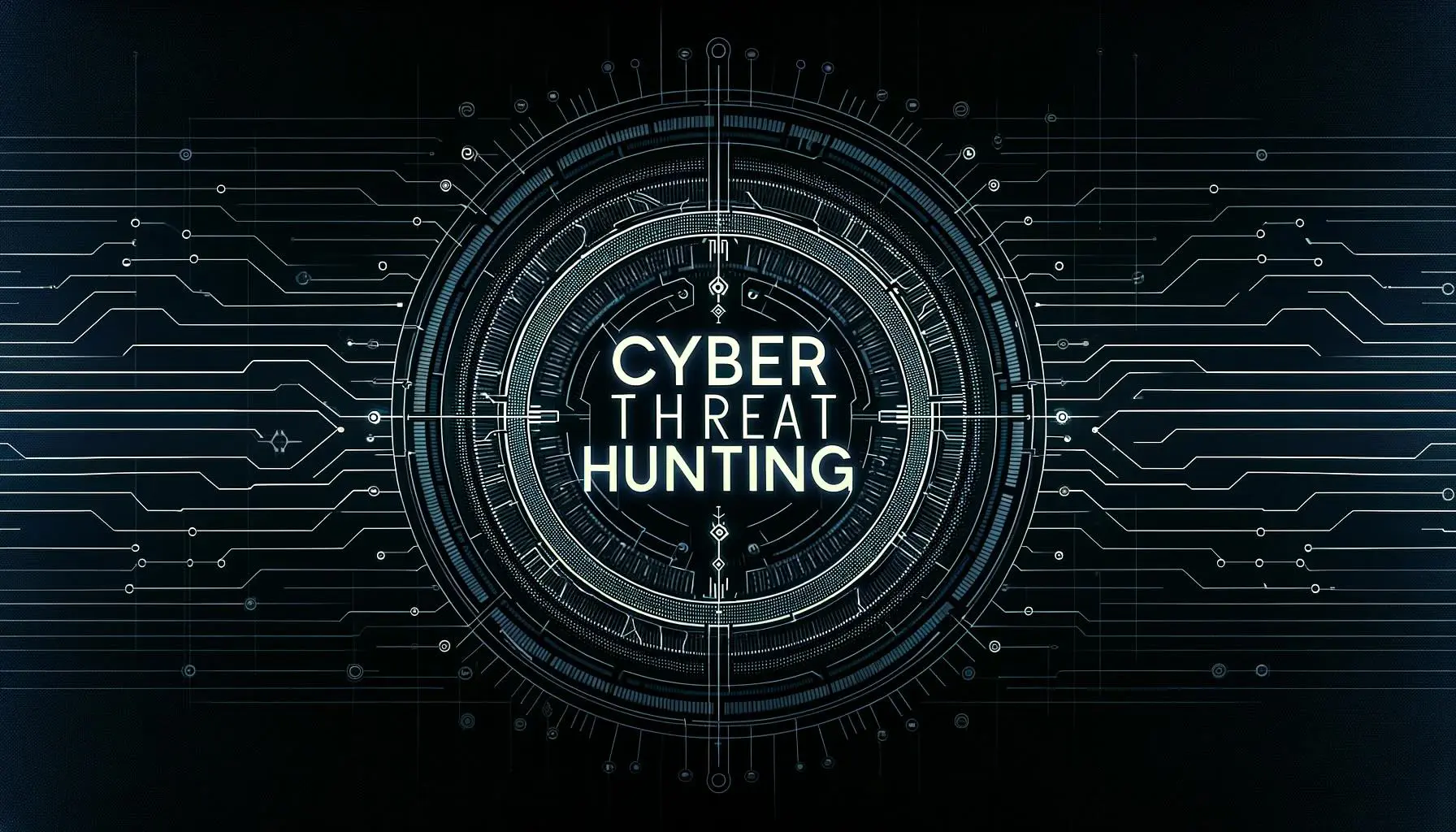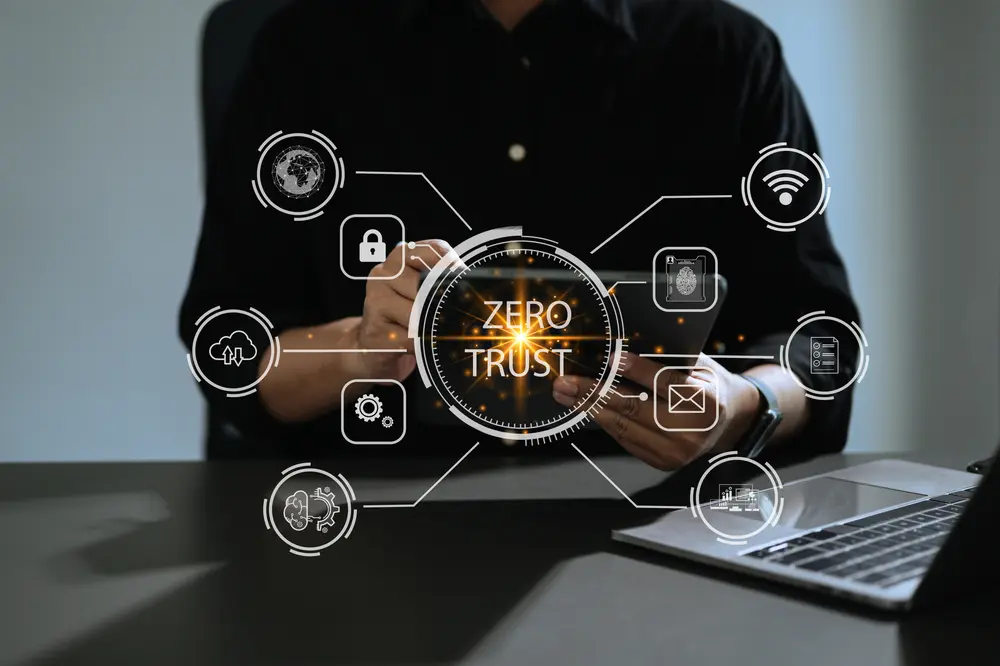Cyber threat hunting is a proactive cybersecurity strategy where a team or an individual actively looks for threats that may have evaded existing security systems.
1. How does cyber threat hunting differ from traditional threat detection methods?
Cyber threat hunting is a proactive security approach, compared to traditional methods that are often reactive. Traditional threat detection often involves using security tools to detect known threats. These tools are generally based on rules or signatures, which are patterns associated with known malicious activities. In contrast, threat hunting is a more active approach where security analysts or threat hunters actively look for threats that may have evaded existing detection systems. This involves identifying abnormal behaviors or activities within a system that could indicate a cyber threat.
2. What skills and tools are needed to effectively conduct threat hunting?
Effective threat hunting requires a range of skills including expertise in cyber security concepts, knowledge of network protocols, understanding of system and application behaviors, and proficiency in using a variety of security tools and techniques. Analytical skills are also crucial to sift through vast amounts of data and identify potential threats.
Threat hunters need to be familiar with tools such as Security Information and Event Management (SIEM) systems, Intrusion Detection Systems (IDS), and Endpoint Detection and Response (EDR) tools. They also often use threat intelligence platforms and data analysis tools, including those that allow for deep packet inspection and network traffic analysis.
3. What is the role of AI and ML in cyber threat hunting?
AI and ML play a significant role in modern threat hunting. Machine learning algorithms can process large volumes of data and identify patterns that human analysts might miss. AI can also help to automate certain tasks, freeing up human analysts to focus on more complex investigations. Anomaly detection, for instance, is a machine learning technique often used in threat hunting to identify unusual patterns of behavior that might indicate a threat.
4. How does threat hunting integrate with an overall cybersecurity strategy?
Threat hunting is a critical part of a comprehensive cybersecurity strategy. It complements other security measures like intrusion detection, firewall protection, and endpoint security. By actively seeking out threats, threat hunting helps to identify gaps in existing defenses and improves the overall security posture. The findings from threat hunting activities can be used to improve existing security controls and policies.
5. What are some common indicators of compromise (IOCs) that threat hunters should look for?Common IOCs include unexpected network traffic, unusual login attempts, changes in file size or content, new or altered user accounts, abnormal system processes, and unexplained configuration changes. Other IOCs might be more specific to certain types of attacks. For example, for ransomware attacks, an IOC could be an increase in file rename operations.
6. How can threat hunting help to improve incident response times?
Threat hunting can lead to earlier detection of threats, which in turn reduces the time between a breach occurring and it being discovered (dwell time). This early detection allows incident response teams to react more quickly and potentially limit the damage caused by the breach.
7. What are some case studies or examples of successful threat hunting operations?
While specific case studies may be confidential, it’s known that threat hunting has played a key role in detecting advanced persistent threats (APTs) and other sophisticated attacks in many organizations. For example, in the case of the infamous SolarWinds attack, it was proactive threat hunting that led to the discovery of the breach.
8. What are the stages involved in the threat hunting process?
Typically, the threat hunting process involves several stages:
- Hypothesis: Formulate an educated guess about what kind of threats might be present.
- Investigation: Use various tools and techniques to test the hypothesis.
- Detection: Identify any anomalies or signs of malicious activity.
- Analysis: Analyze the results and determine whether they represent a true threat.
- Remediation: Take steps to mitigate the threat and prevent similar threats in the future.
9. How often should threat hunting be conducted, and what factors might influence this?
The frequency of threat hunting largely depends on the organization’s risk profile, the resources available, and the security landscape. Some organizations may conduct threat hunting on a daily basis, while others may do it weekly, monthly, or as part of regular security audits. The frequency might also be influenced by factors such as recent security incidents, changes in the threat landscape, or the introduction of new technologies into the environment.
10. What kind of threats or cyber attacks can be most effectively mitigated or detected through threat hunting?
Threat hunting is particularly effective at detecting advanced persistent threats (APTs), which are complex, coordinated attacks that often evade traditional detection methods. Other types of threats that can be effectively mitigated or detected through threat hunting include zero-day attacks, insider threats, and targeted attacks.
11. How does threat hunting contribute to the development of a robust cyber threat intelligence strategy?
Threat hunting feeds valuable information back into a cyber threat intelligence strategy. The insights gained from threat hunting can be used to improve the understanding of threat actors, their tactics, techniques, and procedures (TTPs), which can then be used to enhance defensive measures.
12. What are the challenges or potential downsides of implementing a threat hunting strategy in an organization?
Challenges can include the need for skilled staff, the requirement for sophisticated tools, and the potential for false positives. Additionally, threat hunting can be a time-consuming process and there is always a chance that it might not uncover any threats. If not done correctly, threat hunting can also cause disruptions to regular operations.
13. Can threat hunting be effectively automated, and if so, how?
While certain aspects of threat hunting can be automated, such as data collection and preliminary analysis, it’s currently not possible to completely automate the entire threat hunting process. The critical thinking, intuition, and expertise of human analysts are crucial for formulating hypotheses, interpreting results, and making nuanced judgments. However, with advancements in AI and ML, it is likely that more aspects of threat hunting will become automated in the future.
Tags: Cyber Threat Hunting
Category: Cybersecurity


